What are the classification standards of coffee beans G1, G2, G3, G4, AA, PB, SHB?
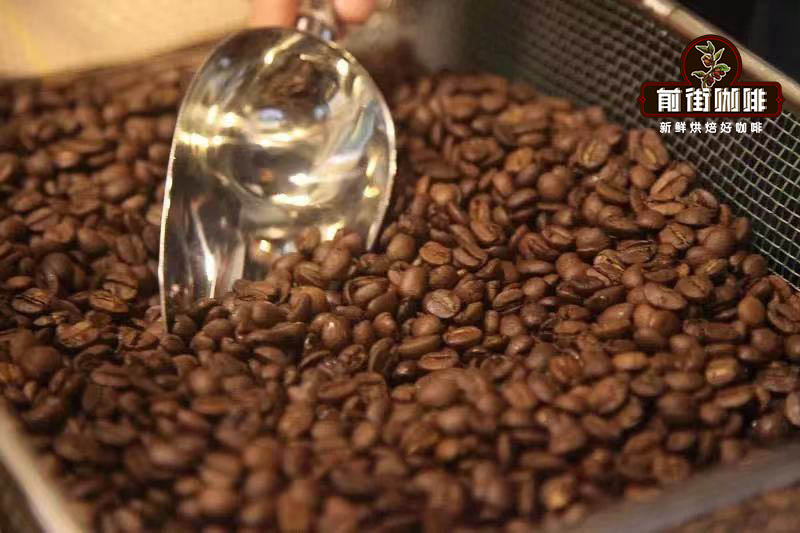
Professional coffee knowledge exchange more coffee bean information please follow the coffee workshop (Wechat official account cafe_style)
For more boutique coffee beans, please add private Qianjie coffee on Wechat. WeChat account: qjcoffeex
Coffee beans are graded as G1-G9 according to physical characteristics and cup test basic quality. The cup test of G1-G3 is carried out, and the attribute is determined in more detail according to the SCAA standard.
Among them, G1 and G2 with no less than 85 points were rated as Q1, coffee beans were rated as Q2 by G1, G2 and G3 with scores of 80-85, all G1, G2 and G3 with scores below 80 were classified as G3, Q1 and Q2 were classified as Specialty Grade exports, and G4-G9 was classified as CommercialGrade export together with G3.
Jamaica:
According to the particle size and the ratio of defects.
Grade
Size standard (defect rate less than 3%)
NO.1
More than 17 mesh
NO.2
More than 16 mesh
NO.3
More than 15 mesh
PB
More than 14 mesh
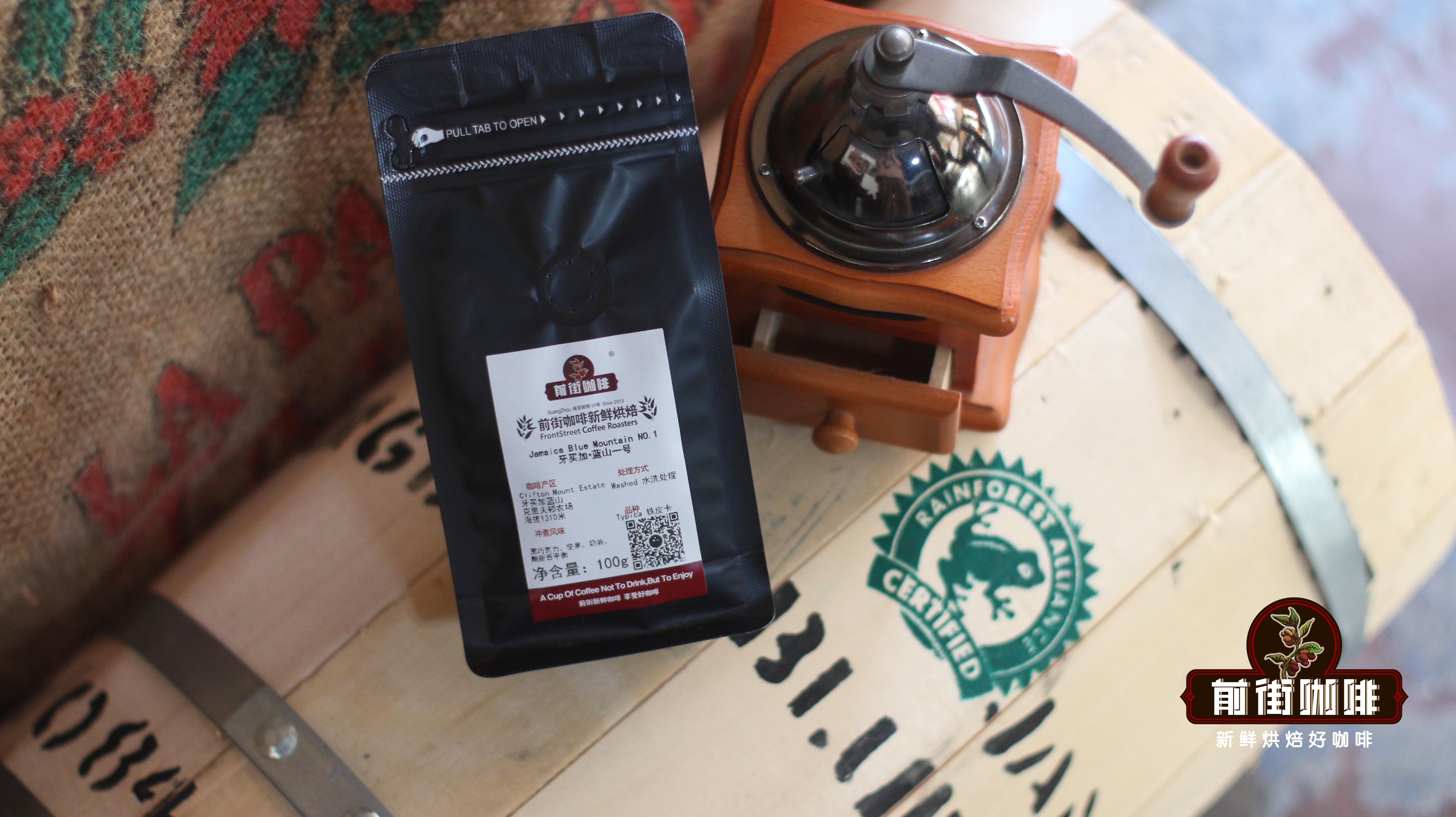
Costa Rica, Panama, Guatemala:
According to the altitude
Grade
Altitude
SHB (Strictly Hard Bean) extremely hard bean
≥ 1400m
HB (Hard Bean) hard bean
1200-1400m
SH (Semi Hard Bean) slightly hard beans
1100-1200m
EPW (Extra Prime Washed) excellent water-washed beans
900-1100m
PW (Prime Washed) high quality water washed beans
800-900m
EGW (Extra Good Washed) washed beans with extra good water
600-800m
GW (Good Washed) good quality water washed beans
≤ 600m
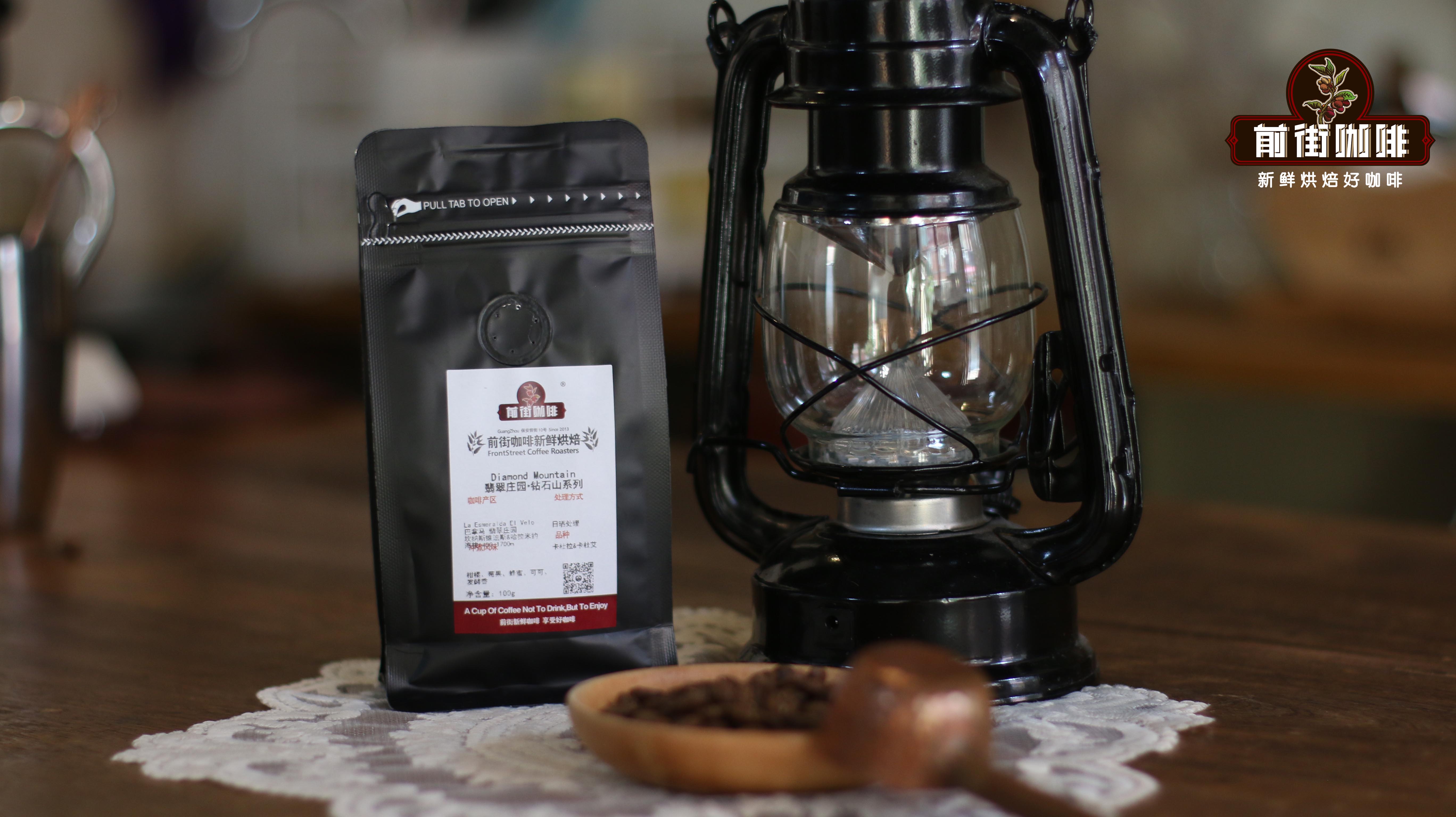
Mexico:
According to the growth altitude, the highest one is SHG (Strictly High Grown).
Dominica:
According to the particle size grading system, the particle size of AAA grade is the largest (No. 19 screen), followed by AA grade (17pm 18 screen) and A grade (No. 16 screen).
Colombia:
Graded according to particle size.
Grade
Size standard
Supreme Screen 18 +
More than 95% 18 mesh
Supreme
More than 95% 17 mesh
Excelso Extra
More than 95% 16 mesh
Excelso EP
14-16 mesh
U.G.Q
More than 14 mesh
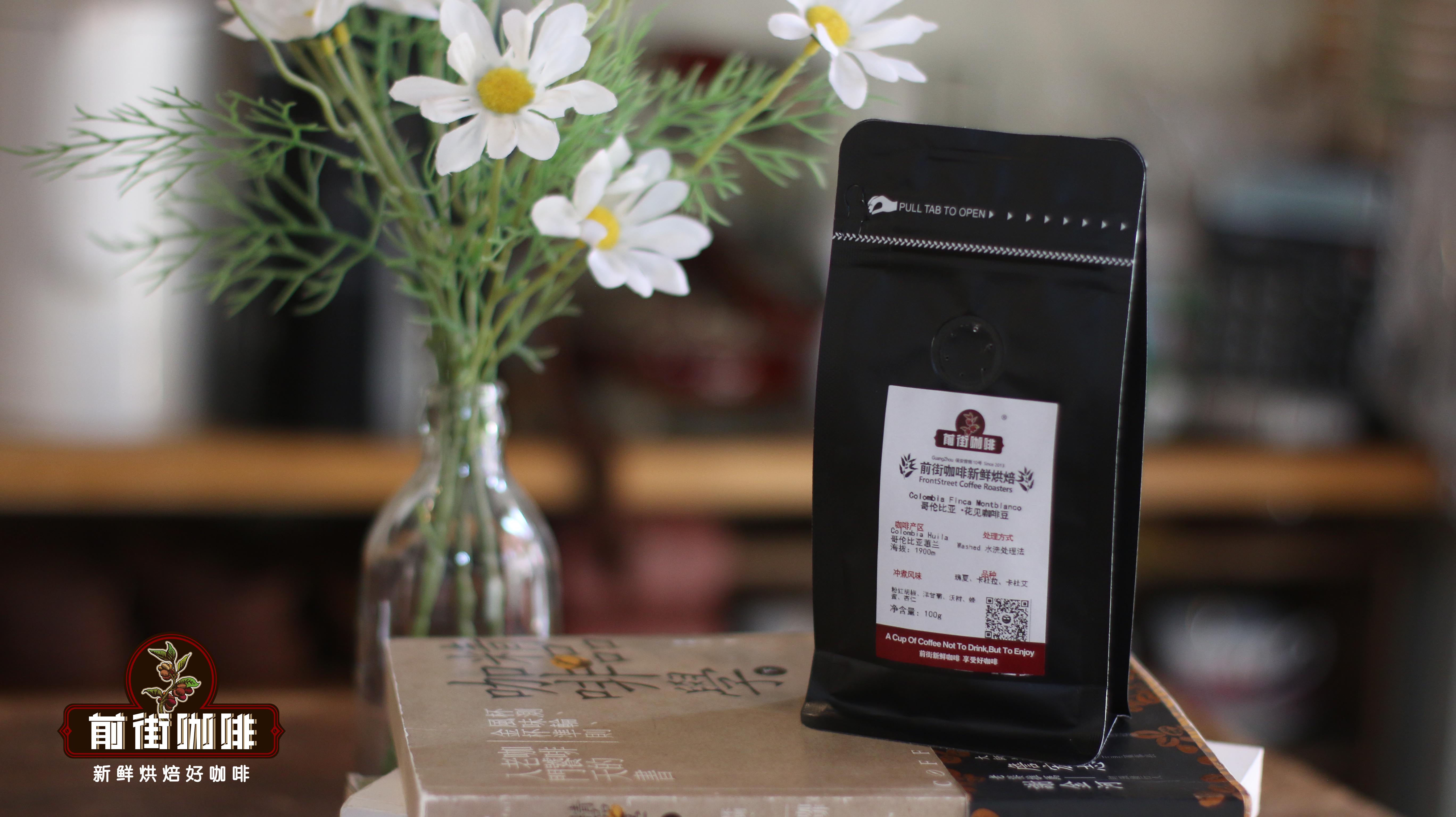
El Salvador, Honduras:
Classification according to growth altitude
Grade
Altitude (El Salvador)
Altitude (Honduras)
SHB (Strictly High Grown) extremely high altitude growth
≥ 1200m
≥ 1221m
HG (High Grown) highland growth
900-1200m
915-1220m
S (Standard) standard
--
610-915m
CS (Central Standard) Central Standard
500-900m
--
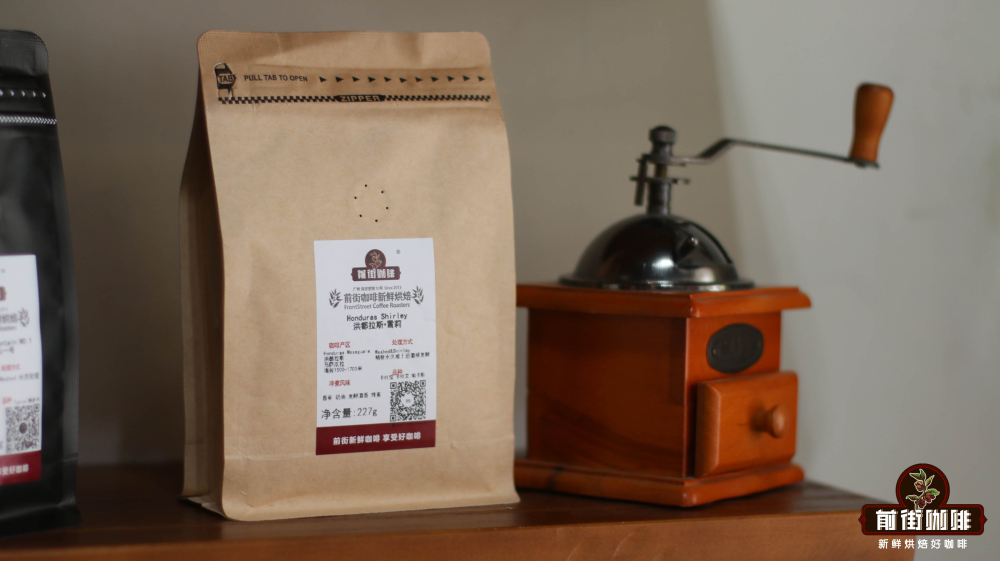
Brazil:
Grade according to the proportion of defects and the size of the screen.
Types
Quality
NY.2
17-18 mesh FC
NY.2/3
14-16 mesh FC
NY.3/4
DD Quality
NY.4/5
14-16 mesh GC
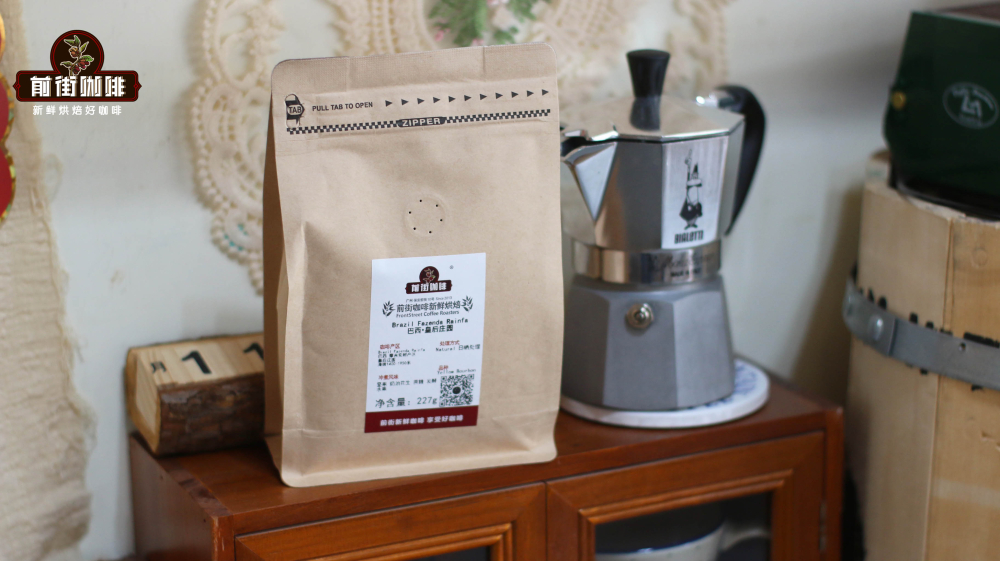
Ethiopia:
Ethiopia's coffee export grade is set by the CLU Department (Cupping and Liquoring Unit) of the Ministry of Agriculture, which classifies raw coffee beans according to the number of defective beans in 300g.
Grade
Number of defective beans (per 300g)
Grade 1
≤ 3
Grade 2
4-12
Grade 3
13-25
Grade 4
26-45
Grade 5
46-90
General washing treatment is G1-G2, due to the technical problems of sun treatment at that time, the number of defects of raw sun beans is relatively large, generally G3-G5, with the improvement of sun treatment technology, now the sun beans can also reach the G1-G2 level.
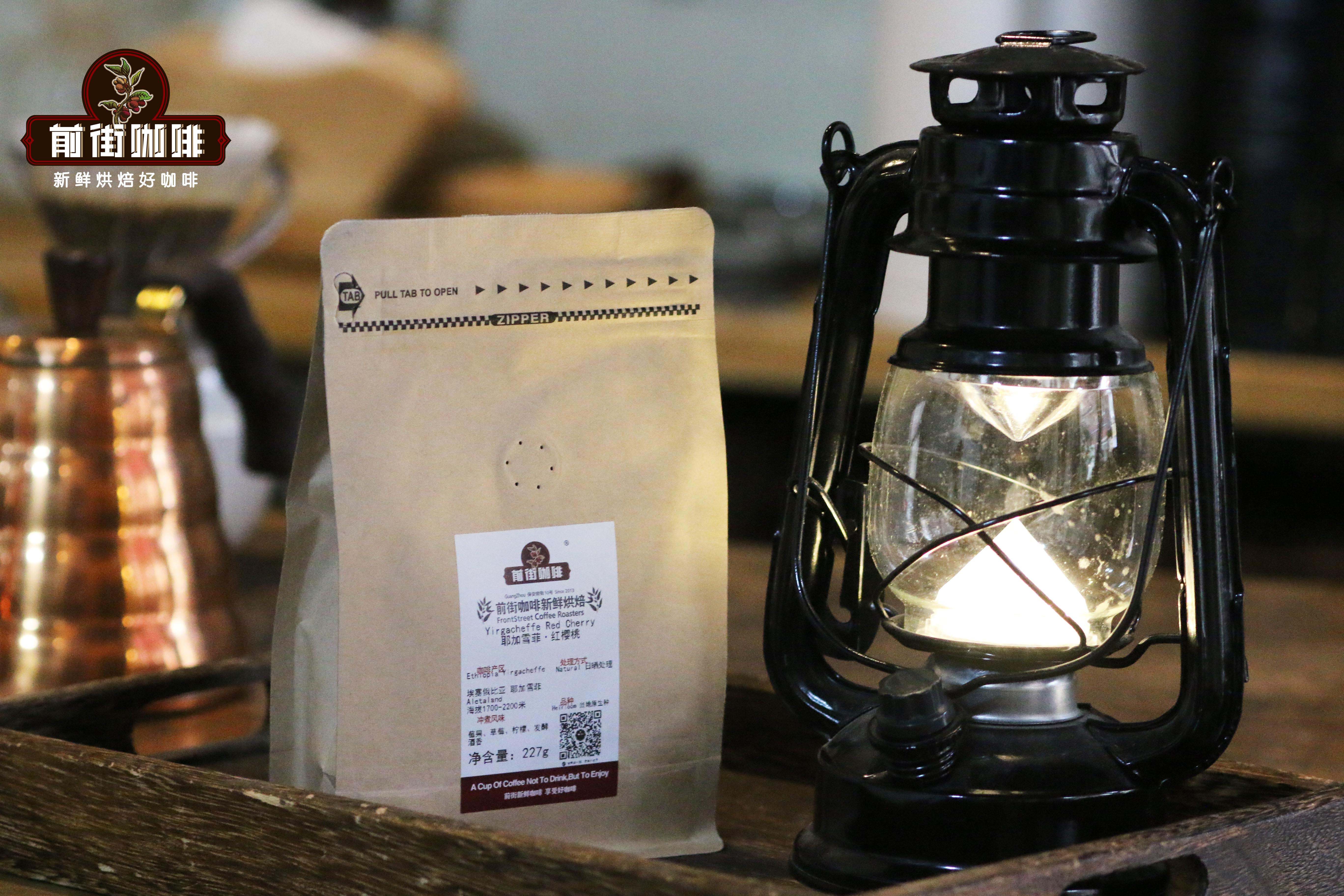
Yemen:
The grades of coffee beans that are not explicitly exported are exported by product name.
Kenya, Rwanda:
It is classified by particle size, and then the value is defined by cup measurement. The largest particles are Grade E (beans), followed by AA (particles left on the 7.2mm sieve), A (particles left on the 6.8mm sieve), B (particles left on the 6.2mm sieve), C (smaller than B particles), PB (oval granulated beans), and too light and small TT and T beans, An and B will be mixed together for export, called AB.
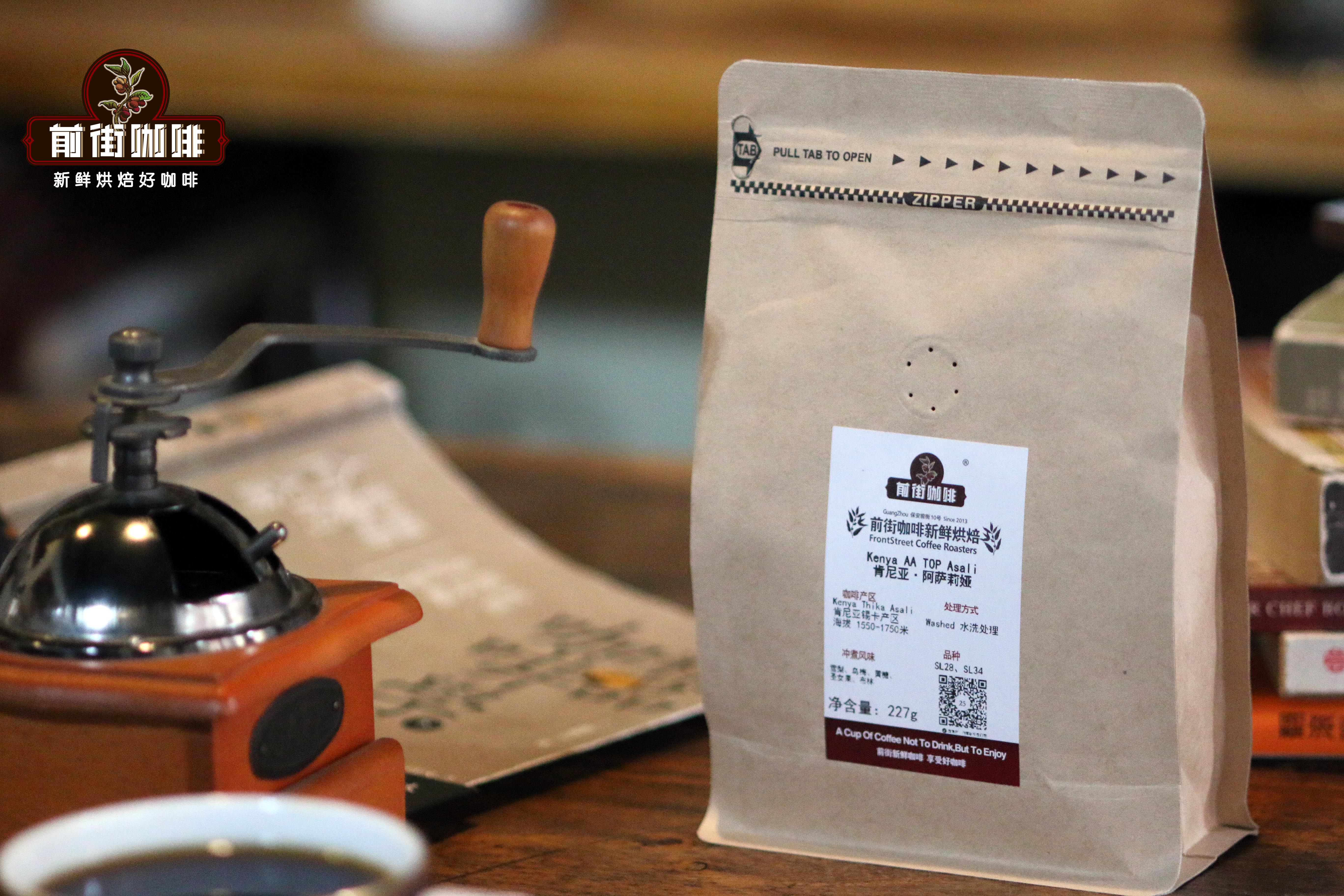
The cup test defines the value, from good to bad as Fine, Fair to Good, Fair Average Quality (FAQ), Fair, Common Plain Liquors. The boutique will be crowned with the label of AA TOP and AB TOP
Tanzania:
Similar to the Kenyan classification, PB stands for oval beans, AAA is the largest, AA is the second largest, followed by An and C beans.
Blondie:
According to the particle size classification, the most advanced water washing type will be crowned with the brand Ngoma, the particle size needs to be on the 7.1mm screen; the washing AA grade is also stopped on the 7.1mm screen, A class 6.5mm grade B 5.5mm … The highest grade of semi-washing is AB, including parking on 7.1mm and 6.5mm sieve, followed by grade C, parked on 5.5mm sieve
Sumatra, Indonesia:
Graded by particle size and number of defects, Gr.1 is the highest export grade, but the appearance of beans has nothing to do with the actual quality and must be determined by cup test, and there is no choice for fine coffee produced by the manor.
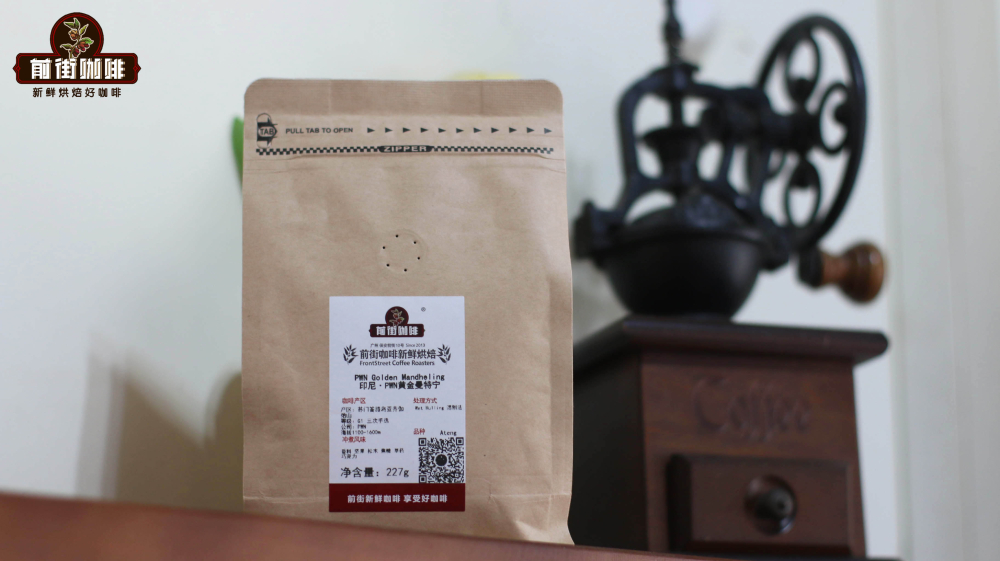
India:
To the monsoon export part, the most famous is Monsooned Malaber AA, in addition to Monsooned Basanally, Monsooned Triage, Monsooned Robusta AA, Monsooned Robusta Triage
Papua New Guinea:
Classified according to the particle size and the proportion of defective beans, the excellent A grade produced by large estates (more than 17 sieves and the average number of defects per kilogram of raw beans is less than 10 units). The second is the X grade produced by small farms (greater than 15 sieves and the average number of defects per kilogram is less than 20 units).
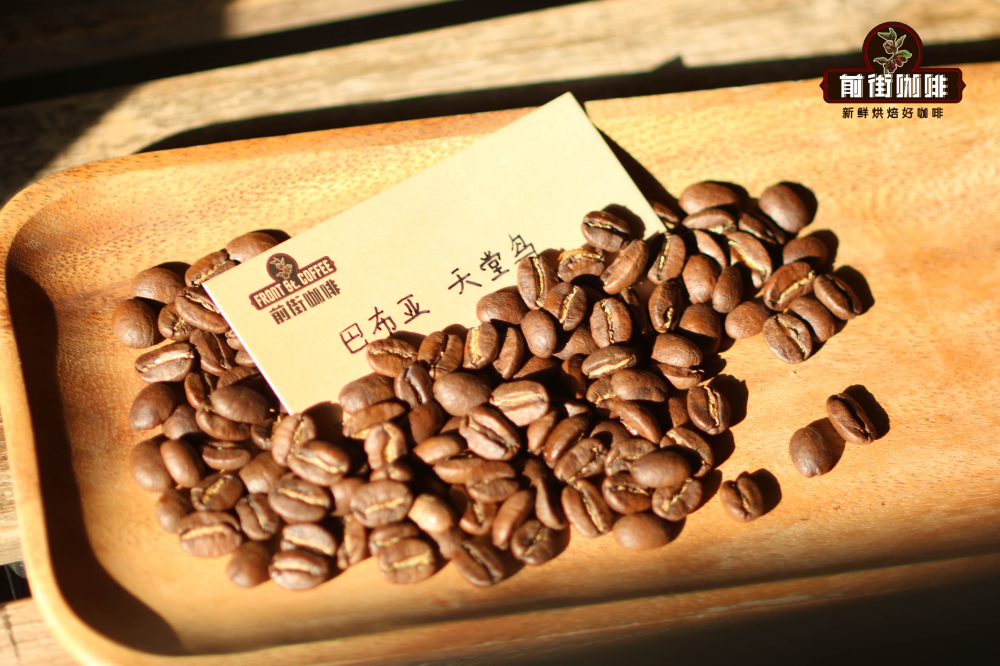
Hawaii:
Extra Fancy, Pingdou 19 sieve / Yuandou 13 sieve, 300g 8 missing points
Fancy, Pingdou 18 sieve / Yuandou 12 sieve, 300g 12 missing points
No.1, Pingdou 16 sieve / Yuandou 10 sieve, 300g 18 missing points
Then there are Estate Select and Prime grades.
Important Notice :
前街咖啡 FrontStreet Coffee has moved to new addredd:
FrontStreet Coffee Address: 315,Donghua East Road,GuangZhou
Tel:020 38364473
- Prev
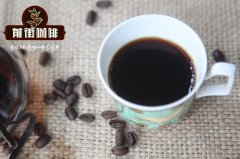
Introduction to the grading system standard of coffee beans the grading characteristics and taste of coffee beans
Professional coffee knowledge exchange more coffee bean information please follow the coffee workshop (Wechat official account cafe_style)
- Next

How does Huakui cook strawberry jam? what is the taste of Huakui in the rose?
Professional coffee knowledge exchange more coffee bean information please follow the coffee workshop (Wechat official account cafe_style) Sakui processing plant is located in buku abel village, 2200 meters above sea level. From the beginning of its cultivation, it has been chosen as a noble family environment-humus-rich reddish brown soil, and it has been given shade and care to Enset tree species, so that Sakuran can receive sufficient sunlight and produce rich flavor at the same time.
Related
- Beginners will see the "Coffee pull flower" guide!
- What is the difference between ice blog purified milk and ordinary milk coffee?
- Why is the Philippines the largest producer of crops in Liberia?
- For coffee extraction, should the fine powder be retained?
- How does extracted espresso fill pressed powder? How much strength does it take to press the powder?
- How to make jasmine cold extract coffee? Is the jasmine + latte good?
- Will this little toy really make the coffee taste better? How does Lily Drip affect coffee extraction?
- Will the action of slapping the filter cup also affect coffee extraction?
- What's the difference between powder-to-water ratio and powder-to-liquid ratio?
- What is the Ethiopian local species? What does it have to do with Heirloom native species?

